Ju Catenacce
Wedding Bells in Scanno Something is in the air in Scanno. Maybe not love exactly, but certainly a frisson of excitement. And is that wedding bells I hear? Ju Catenacce is about to begin. It’s the eve of Ferragosto. The terrace of the Caffè Santa Maria in Piazza San Rocco is filling up. The square is confined on one side by a church, and people are bagging places with a good view of the chapel door. Across the square, at the open end of the terrace, narrow streets meander up and away towards the centre of town, and people are lining up there too. At last, down the road...


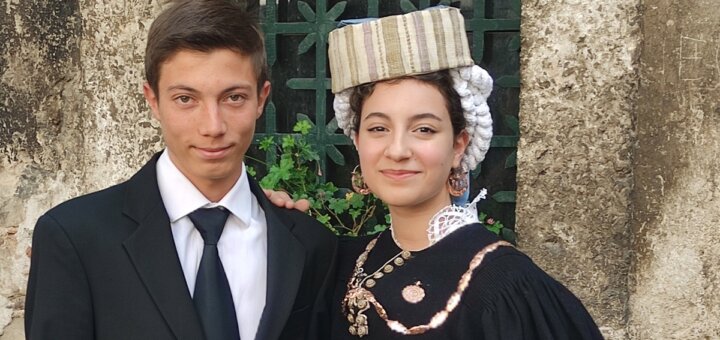
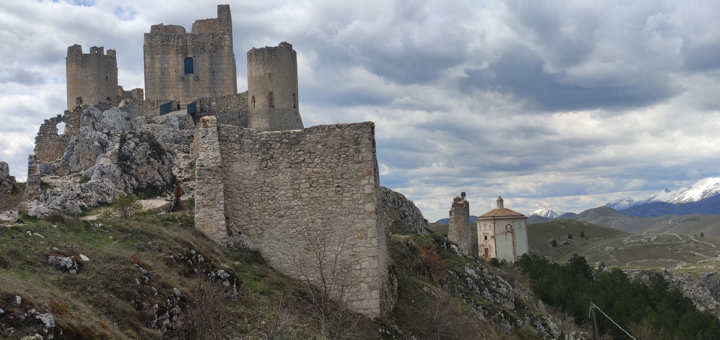
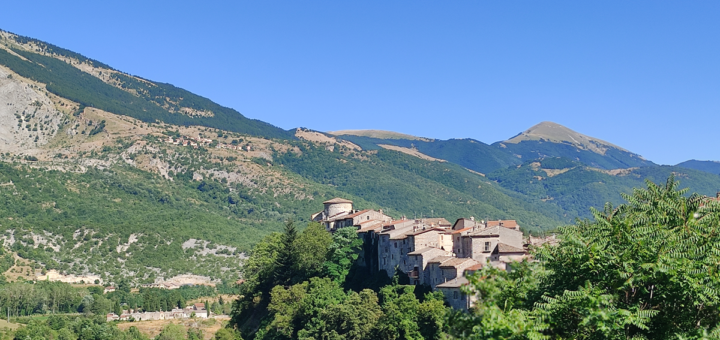


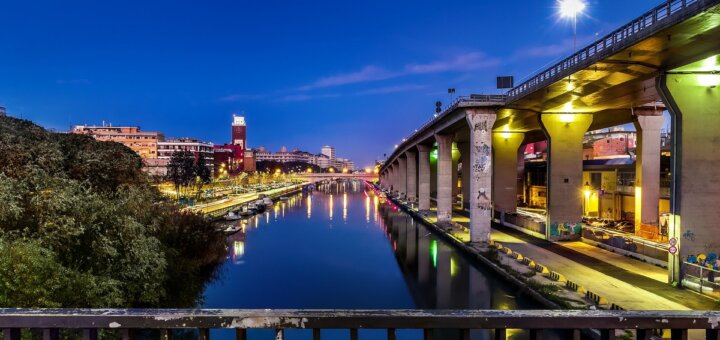

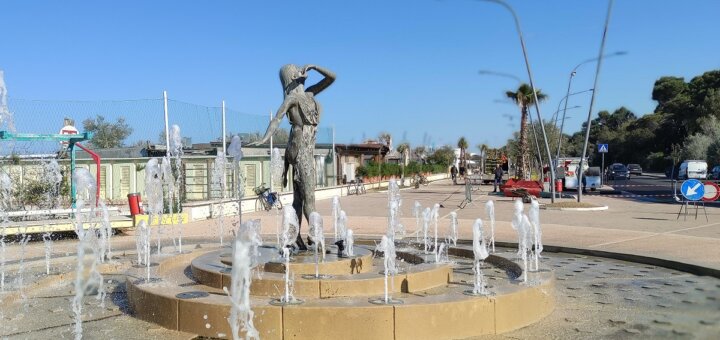
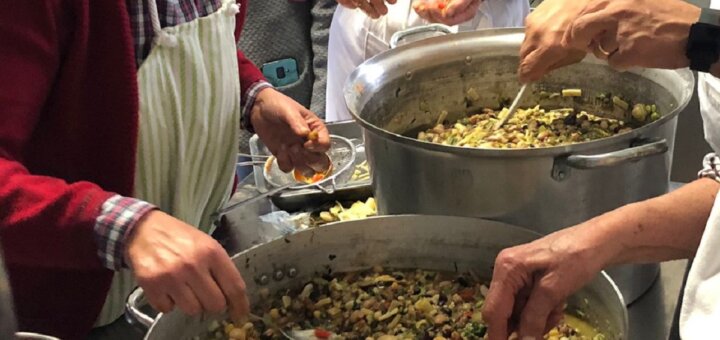
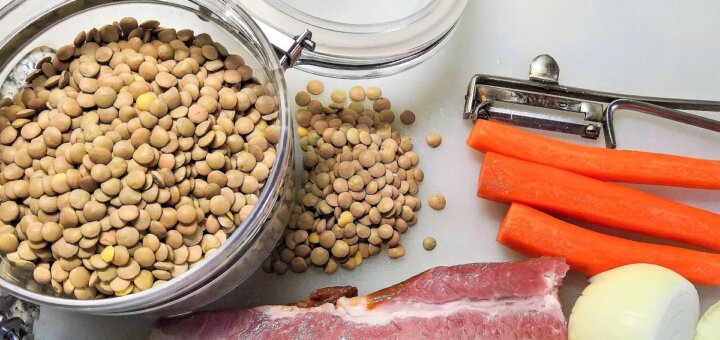

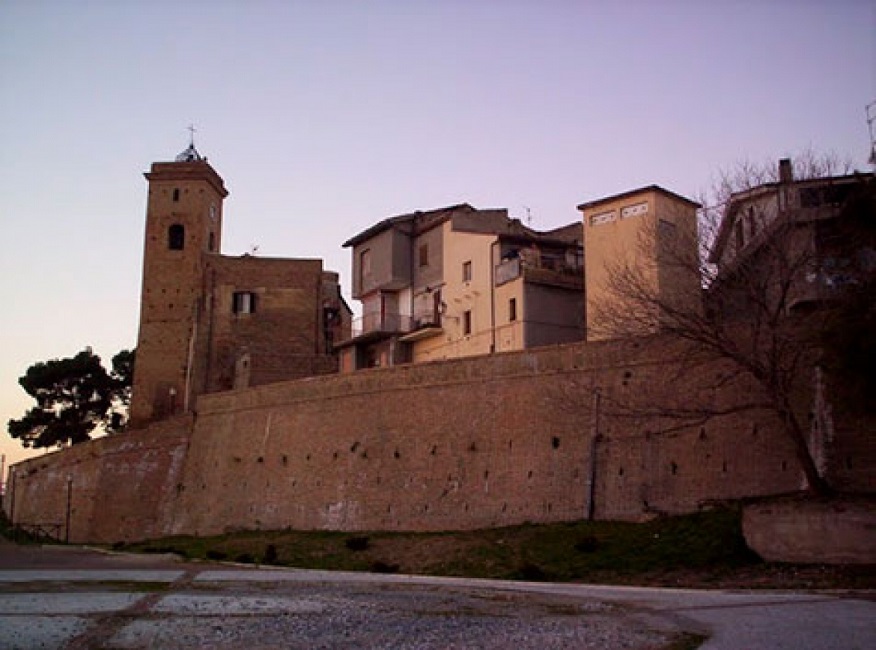
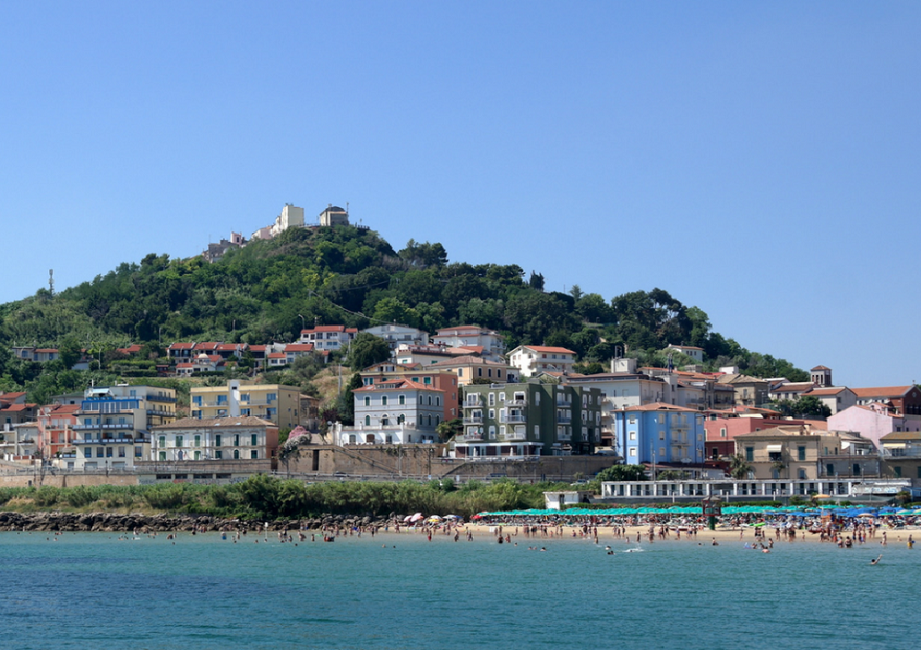
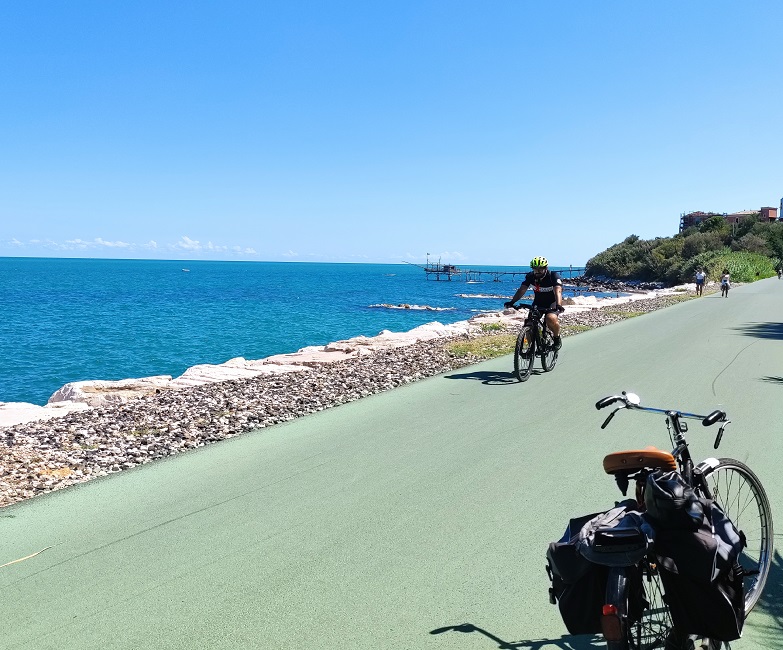
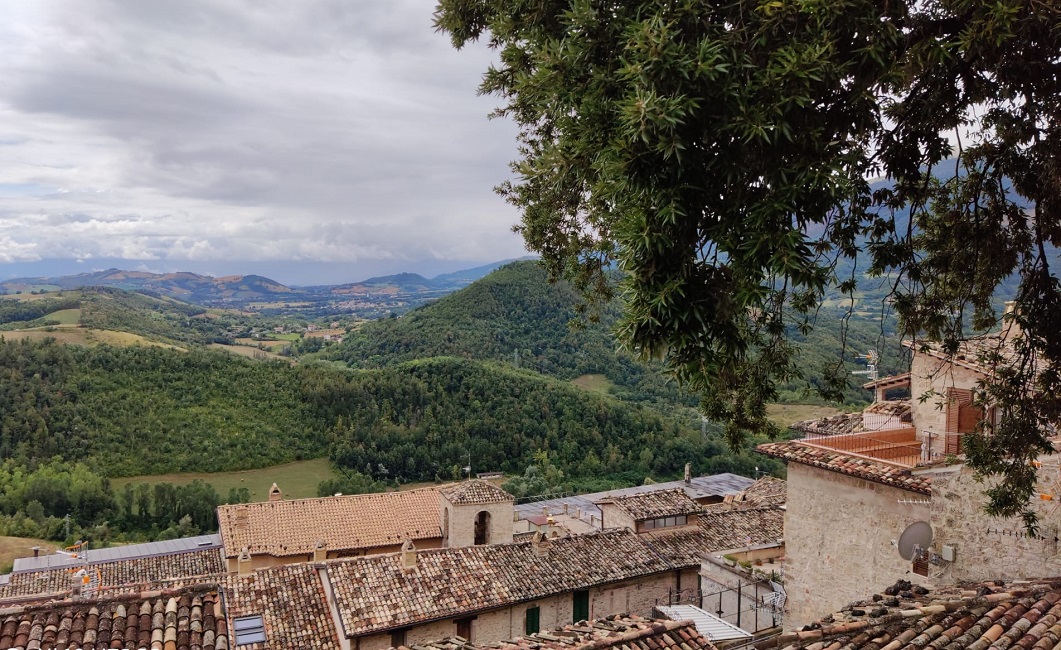
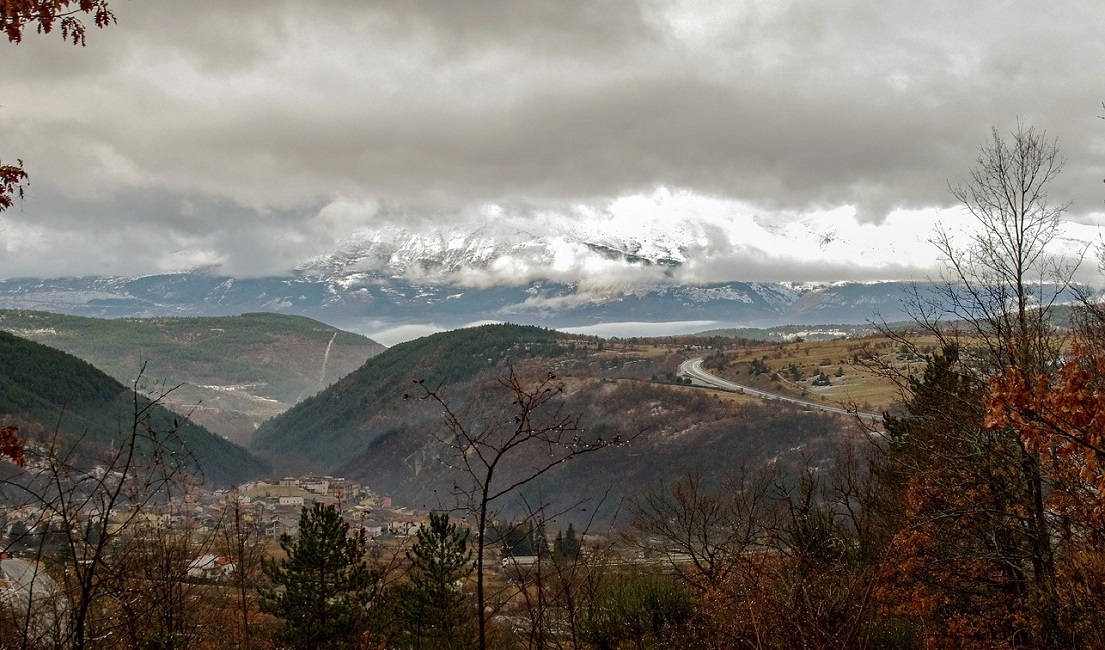

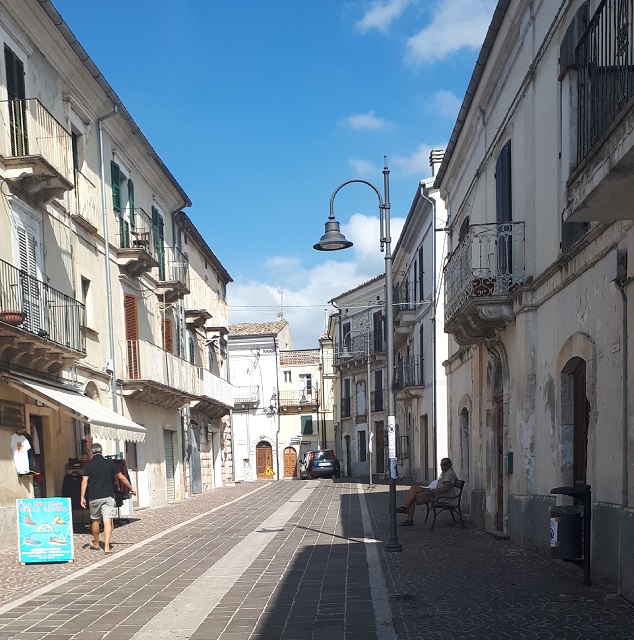
How wonderful! Such a beautiful place for a wedding and a baptism.
Thanks for writing. I hope you enjoyed your time there.
I really appreciate your comments and I hope your plans work out. A great place for a family home!
Thank for A Tale of Two Silvi. I was born the middle of Silvi Paese in the late 50's emigrating…
I was born in Silvi Marina but do t get back as often as I would like. I am going…